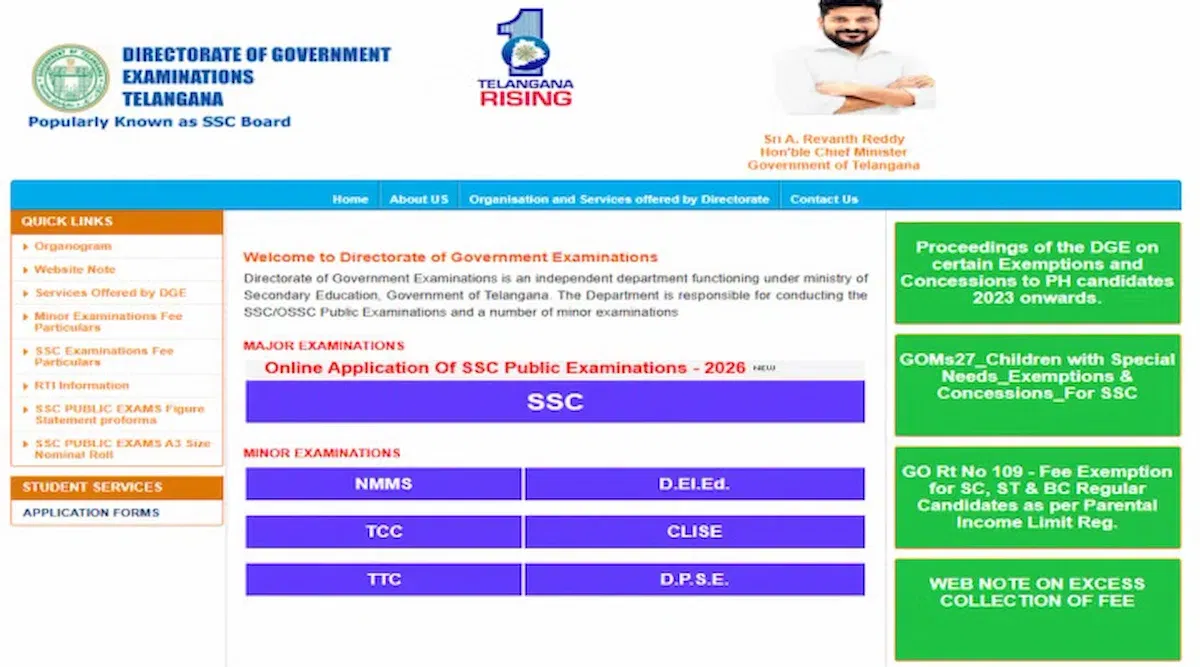In CBSE Class 12 Maths exam, the total marks are divided into two parts: Theory (70 marks) and Practical (30 marks). Check here CBSE Maths Class 10 Marks Distribution in detail!
Table of Contents
As per CBSE Maths Class 10 Marks Distribution, the exam is assessed through two components: Theory (80 marks) and Internal Assessment (20 marks). The theory portion covers key units like Algebra, Geometry, Trigonometry, and Statistics, with a mix of very short, short, and long answer questions, ensuring a comprehensive evaluation of mathematical skills. For internal assessment, students are graded on periodic tests, lab activities, portfolios, and subject enrichment activities, each contributing 5 marks.
Understanding CBSE Maths Class 10 Marks Distribution is important for a student because it helps them plan and prioritize their study efforts effectively. Understanding how much weight each unit or section carries allows students to allocate time based on the importance of the topic. Check this page to know more about CBSE Maths Class 10 Marks Distribution!
Also Read: CBSE Class 10 Question Papers
CBSE Maths Class 10 Marks Distribution For Theory Exams
CBSE Maths Class 10 theory exam is of a total of 80 marks. The detailed marks distribution for theory exams can be checked below:
- Very Short Answer Questions (1 mark each)
- Short Answer Questions (2-3 marks each)
- Long Answer Questions (4-5 marks each)
CBSE Maths Class 10 Marks Distribution For Practical Exams
CBSE Maths Class 10 practical exam is of a total of 20 marks. The detailed marks distribution for theory exams can be checked below:
- Periodic Tests – 5 marks
- Mathematics Lab Work – 5 marks
- Portfolio – 5 marks (student's record of work)
- Subject Enrichment Activities – 5 marks (e.g., projects, practical activities)
Also Read: CBSE Science Class 10 Syllabus Details
CBSE Class 10 Mathematics Marks Weightage - Chapter Wise
The CBSE Class 10 Mathematics syllabus is presented in terms of 7 broad sections. The chapters vary in each unit, and they all are allocated to weight according to their significance and the level of difficulty. Here's how the marks are distributed across various units:
|
Unit Name |
Chapter Name |
Chapter-wise Marks |
Unit-wise Marks |
|
Unit-I (Number Systems) |
Real Number |
06 |
06 |
|
Unit-II (Algebra) |
Polynomials, Pair of Linear Equations in Two Variables, Quadratic Equations, Arithmetic Progressions |
Polynomials (4), Pair of Linear Equations (6), Quadratic Equations (6), Arithmetic Progressions (4) |
20 |
|
Unit-III (Coordinate Geometry) |
Coordinate Geometry |
06 |
06 |
|
Unit-IV (Geometry) |
Triangles, Circles |
Triangles (8), Circles (7) |
15 |
|
Unit-V (Trigonometry) |
Introduction to Trigonometry, Heights & Distances |
Introduction to Trigonometry (8), Heights & Distances (4) |
12 |
|
Unit-VI (Mensuration) |
Areas Related to Circles, Surface Areas and Volumes |
Areas (3), Surface Areas and Volumes (7) |
10 |
|
Unit-VII (Statistics & Probability) |
Statistics, Probability |
Statistics (7), Probability (4) |
11 |
Also Read: CBSE Class 10 Sample Papers
How to Use CBSE Maths Class 10 Marks Distribution for Study Planning
To effectively prepare for the CBSE Class 10 Maths exam, follow these steps based on the marks distribution:
- Prioritize High-Weight Units: Start your revision with Algebra and Geometry, both of which are heavy marks.
- Don’t Neglect Low-Weight Units: Number Systems and Coordinate Geometry for example may not have as many marks, but they are also easier and quicker to revise.
- Consistent Practice: Regular practice is necessary in mathematics. Devote more time to the units like Trigonometry and Mensuration in which you need to apply formulas and concepts.
- Solve Sample Papers: Practising CBSE sample papers will acquaint you with the exam pattern, and the style of questions that are asked.























POST YOUR COMMENT